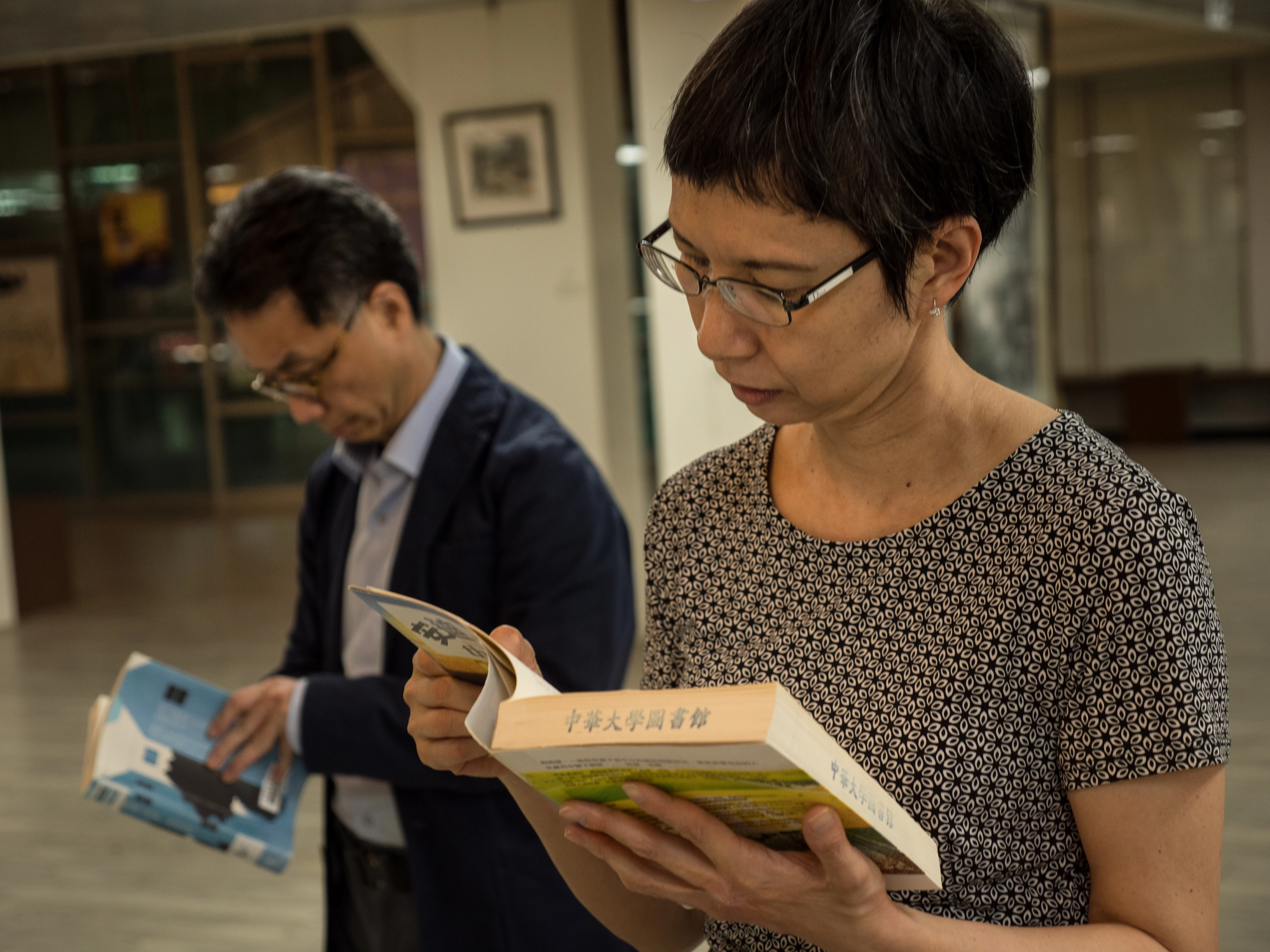Useful background reading:
- Chung Hua University tutors will be available throughout the course to provide guidance in relation to reading choices, for example, after reading the application form of each course participant the course tutors will provide some initial reading choices
- As the course progresses and each course participant develops their understanding of the areas they’d like to focus on in more detail, CHU course tutors will be on hand to further guide reading choices.
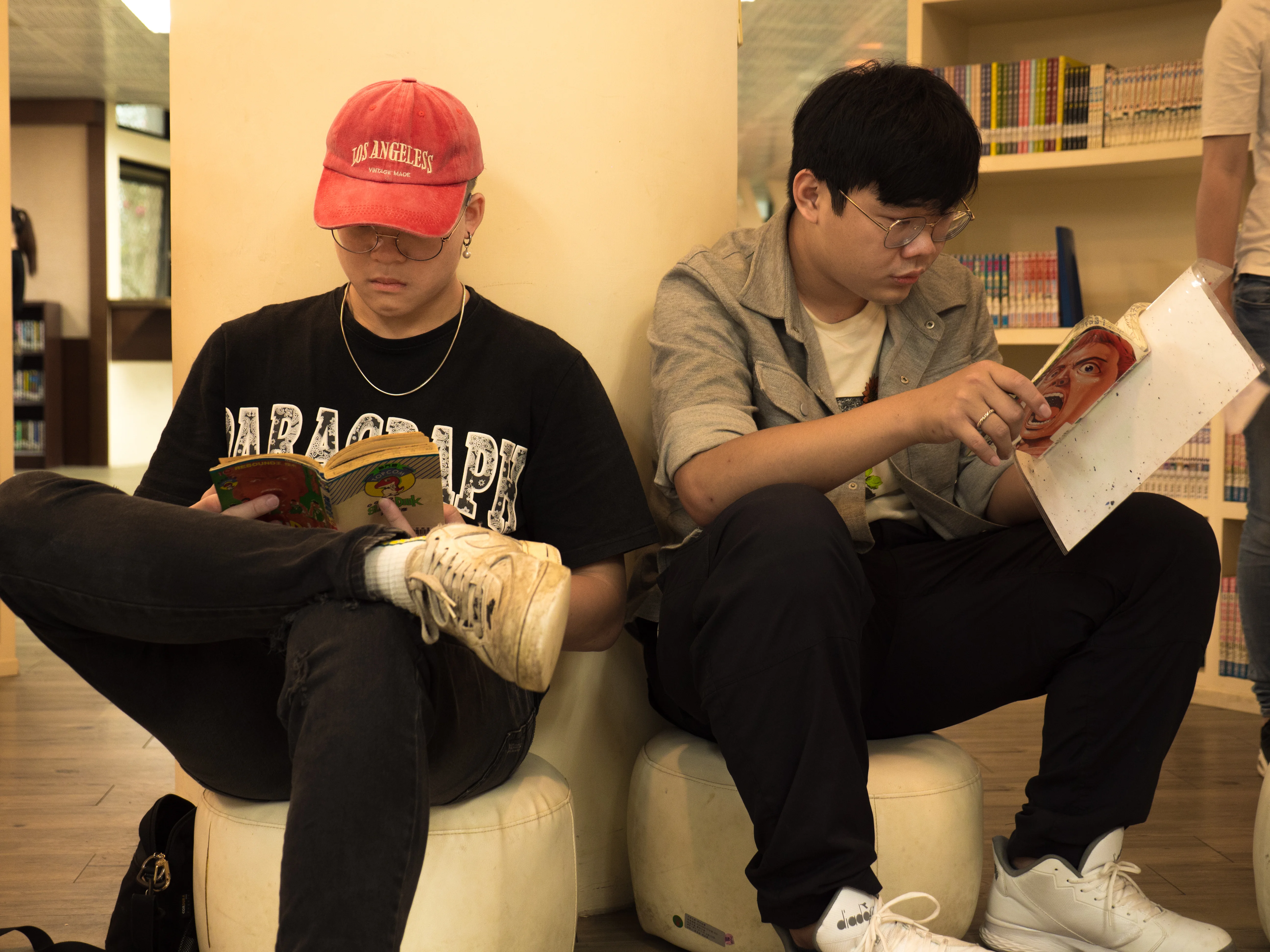

General terms and concepts
Click for details
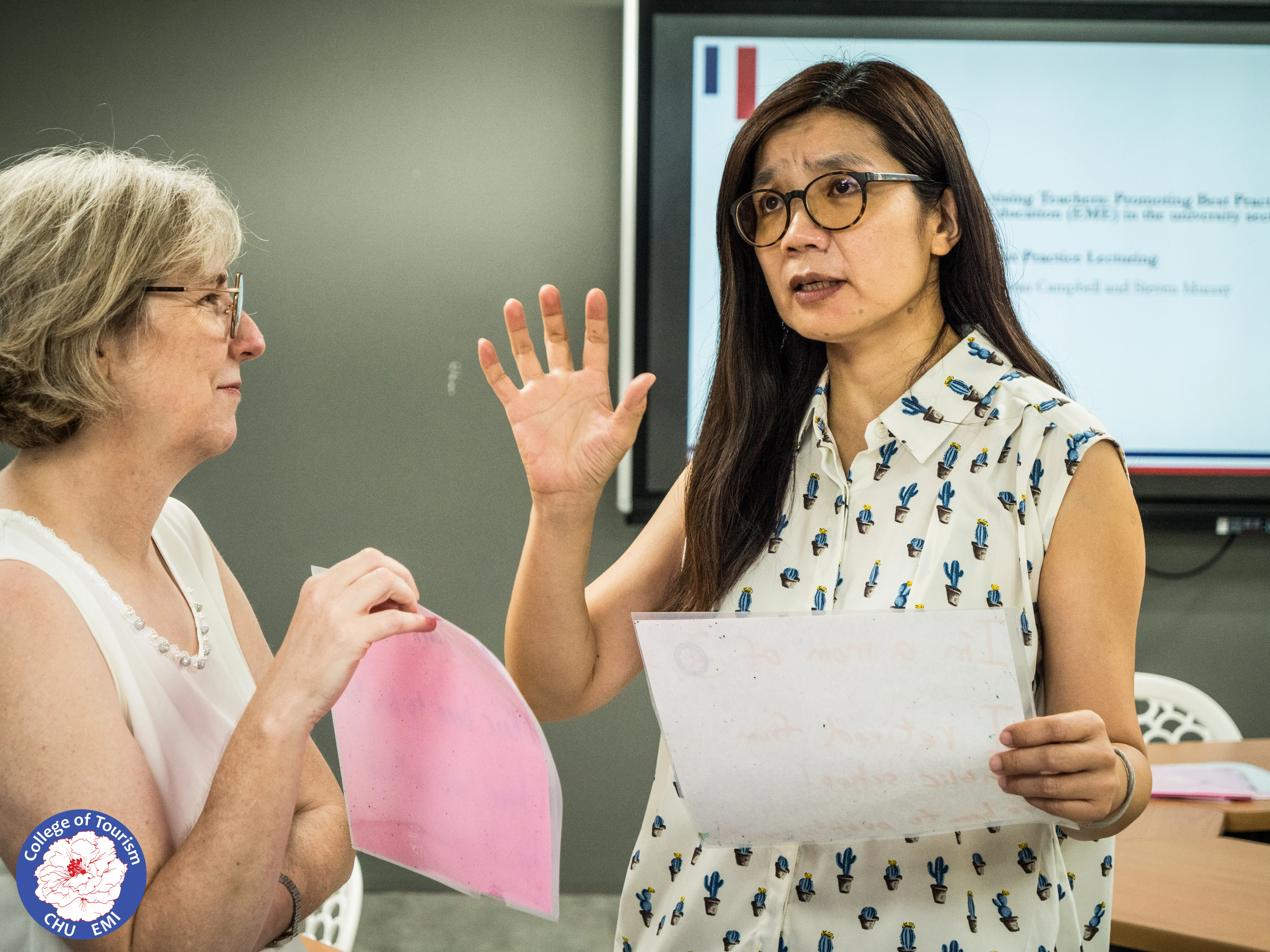
- Beebe, L., & Giles, H. (1984). Speech accommodation theories: A discussion in terms of second language acquisition. International Journal of the Sociology of Language, 46, pp. 5-32.
- Brumfit, C.J. (2001). Individual Freedom in Language in Language Teaching. Oxford: Oxford University Press.
- Jenkins, J., Cogo, A., and Dewey, M. (2011). Review of developments in research into English as a Lingua Franca.Language Teaching44(3), pp. 281–315.
- Wenger, E. (1998). Communities of practice. Learning, meaning, and identity. Cambridge: Cambridge University Press.
English as a medium of instruction
Click for details
- Dearden, J. (2015) English as a Medium of Instruction: a growing global phenomenon – free downloadable report produced for the British Council.
- Mulligan, D. & Kirkpatrick, A. (2000) How much do they understand? Lectures, students and comprehension Higher Education Research & Development, 19:3, 311-335.
- Maringe, F. and Sing, N. (2014) Teaching large classes in an increasingly internationalising higher education environment: pedagogical, quality and equity issues, in Higher Education, 67: 761-782, DOI: 10.107/s10734-013-9710-0
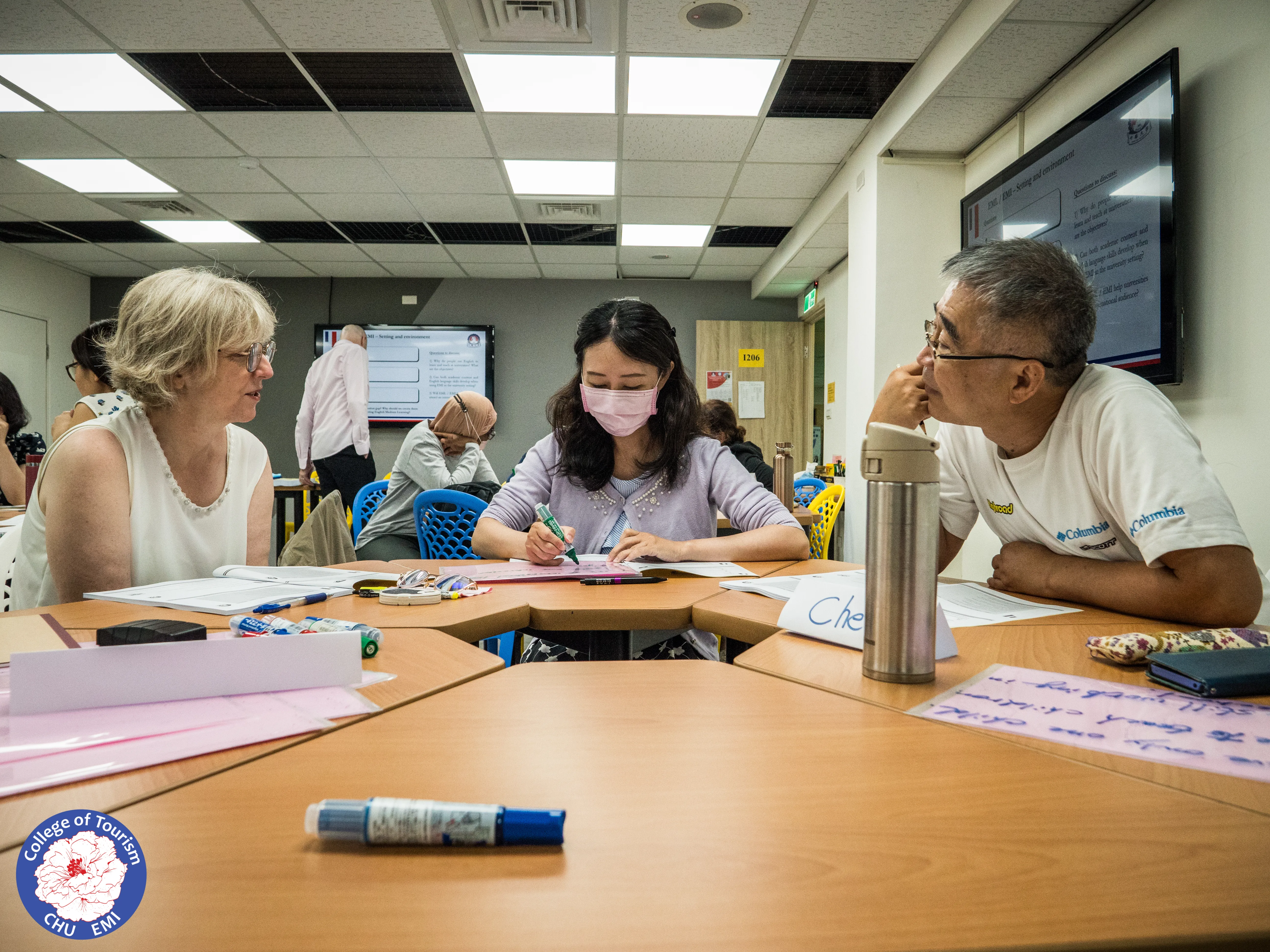
European perspectives on EMI
Click for details
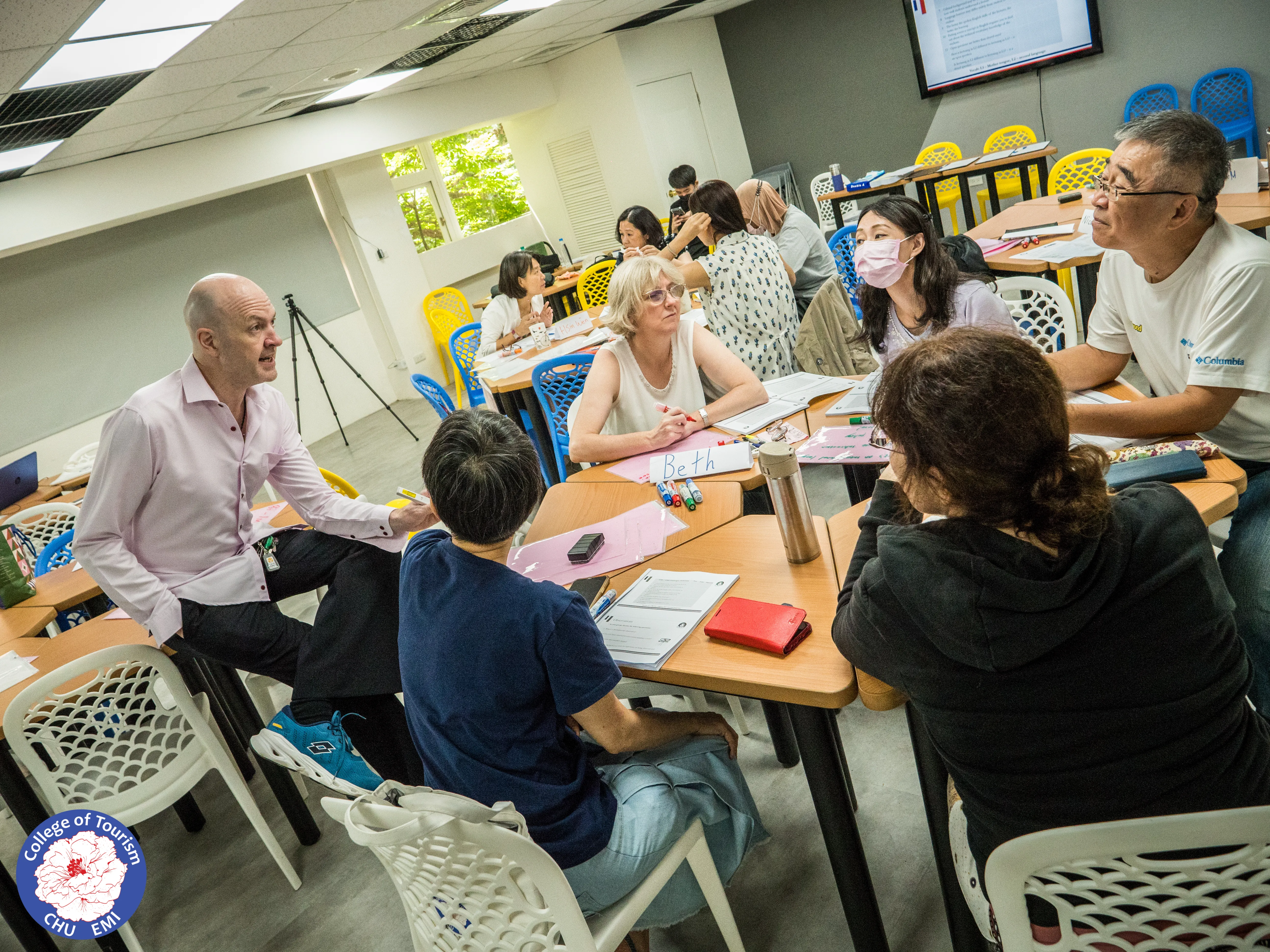
- Doiz, A., Lasagabaster, D and Sierra, J.M. (2013). English-medium Instruction at universities. English-medium Instruction at universities Global Challenges. Bristol: Multilingual Matters.
- Dimova, S., Hultgren, J K., Jensen, C., 2015 English-Medium Instruction in European Higher Education: English in Europe Berlin: De Gruyter Mouton.
- Reynolds, A. (2016). English as a medium of academic identity: attitudes to using English for research and teaching at Nantes University Doctoral dissertation, University of Sussex.
Language policy and EMI
Click for details
- Ljosland, R. (2011) English as an academic lingua franca: language policies and multilingual practices in a Norwegian university, Journal of Pragmatics, 43/4: 991-1004.
- Jenkins, J. (2017) Mobility and English language policies and practices in higher education in The Routledge Handbook of Migration and Language, Edition: 1st, Chapter: 28, Publisher: Routledge, Editor: Suresh Canagarajah, pp.502-518.

English as a lingua franca
Click for details
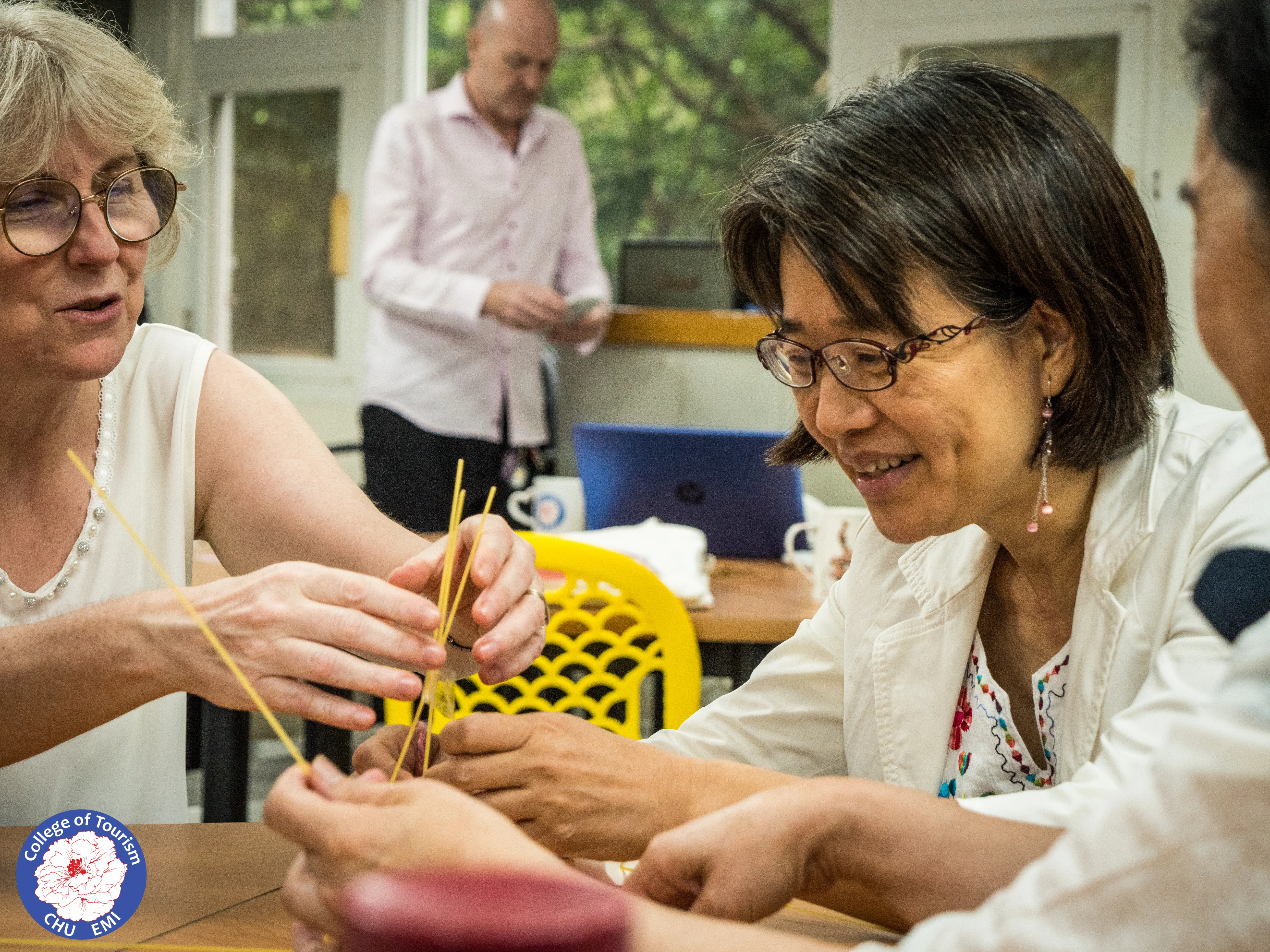
- Jenkins, J. (2011) Accommodating to ELF in the International University in The Journal of Pragmatics, vol. 43/4, pp. 926-936.
- Mauranen, A. (2015) English as a global Lingua Franca: changing language in changing global academia. In Murata, K. (ed.) Exploring ELF in Japanese Academic and Business Contexts. Amsterdam: John Benjamins. 29-46
English as a global language
Click for details
- Phillipson, R. (2017). English, the lingua nullius of global hegemony. In Grin, F., & Kraus, P. (Eds.). The politics of multilingualism: linguistic governance, globalisation and Europeanisation, Benjamins.

Intercultural communication
Click for details

- Baird, R. (2013). Investigating Perceptions of Master’s Students on English-as-a-medium-of-instruction Programmes in East Asia. PhD thesis, University of Southampton.
- Baker, W. (2009). Language, culture and identity through English as a Lingua Franca in Asia: notes from the field. Asian EFL Journal, 4, pp. 8-35.
- Bucholtz, M. and Hall, K. (2010). Locating identity in language. In C. Llamas and D. Watt (Eds.), Language and identities. Edinburgh: Edinburgh University Press.
- Friedrich, P. (2008). “I want to be part of the club”: Raising awareness of bilingualism and second language writing among monolingual users of English. In Friedrich, P (Ed.). Teaching academic writing. London: Continuum.
- Holliday, A. (2011). Intercultural communication and ideology. London: Sage.
- Leask, B. (2008). Internationalisation, globalisation and curriculum innovation. In Hellstén, M. and Reid, A. (Eds.). Researching International pedagogies: Sustainable practices for teaching and learning in higher education. Sydney: Springer.
- Scollon, R., and Scollon, S. W. (2001). Intercultural Communication: A Discourse Approach (2nd ed.). Chichester: Wiley-Blackwell.
- Wittgenstein, L. (1953). Philosophical Investigations. Oxford: Blackwell.
TBLT, SLA & CLIL
Click for details
- Boulton, A., Carter-Thomas, S., & Rowley-Jolivet, E. (Eds.). (2012). Corpus-informed research and learning in ESP: Issues and applications (Vol. 52). John Benjamins Publishing.
- Brown, H., Tarone, E., Swan, M., Ellis, R., Prodromou, L., Bruton, A., … & Waters, A. (2007). Forty years of language teaching. Language Teaching, 40, 1-15.
- Douglas, D. (2004). Discourse domains: The cognitive context of speaking. In Boxer, D., & Cohen, A. (Eds.). Studying speaking to inform second language learning, 25-47.
- Garcia Mayo Maria Del Pilar. (2015). The Interface between Task-Based Language Teaching and Content-Based Instruction.” System, vol. 54. 1-3, doi:10.1016/j.system.2015.09.003.
- Jenkins, J. (2006). Points of view and blind spots: ELF and SLA. International Journal of Applied Linguistics, 16(2), 137-162.
- Linares, Ana, and Christiane Dalton-Puffer. The Role of Different Tasks in CLIL Students’ Use of Evaluative Language. System, 54: 69–79.
- Long, M. 2014. Second Language Acquisition and Task-Based Language Teaching. Blackwell, 2014.
- Ortega, L. “Researching CLIL and TBLT Interfaces.” System, vol. 54, 2015, pp. 103–109.
- Sarré, C, & Whyte, S. (2016) Research in ESP teaching and learning in French higher education: Developing the construct of ESP didactics. ASp. la revue du GERAS, 69: 139-164.
- Tardieu, C, & Dolitsky, M. (2012) Integrating the Task-Based Approach to CLIL Teaching. Teaching and Learning English through Bilingual Education, Cambridge Scholars Publishing, 2012, pp. 3-35.

Needs analysis in ESP
Click for details
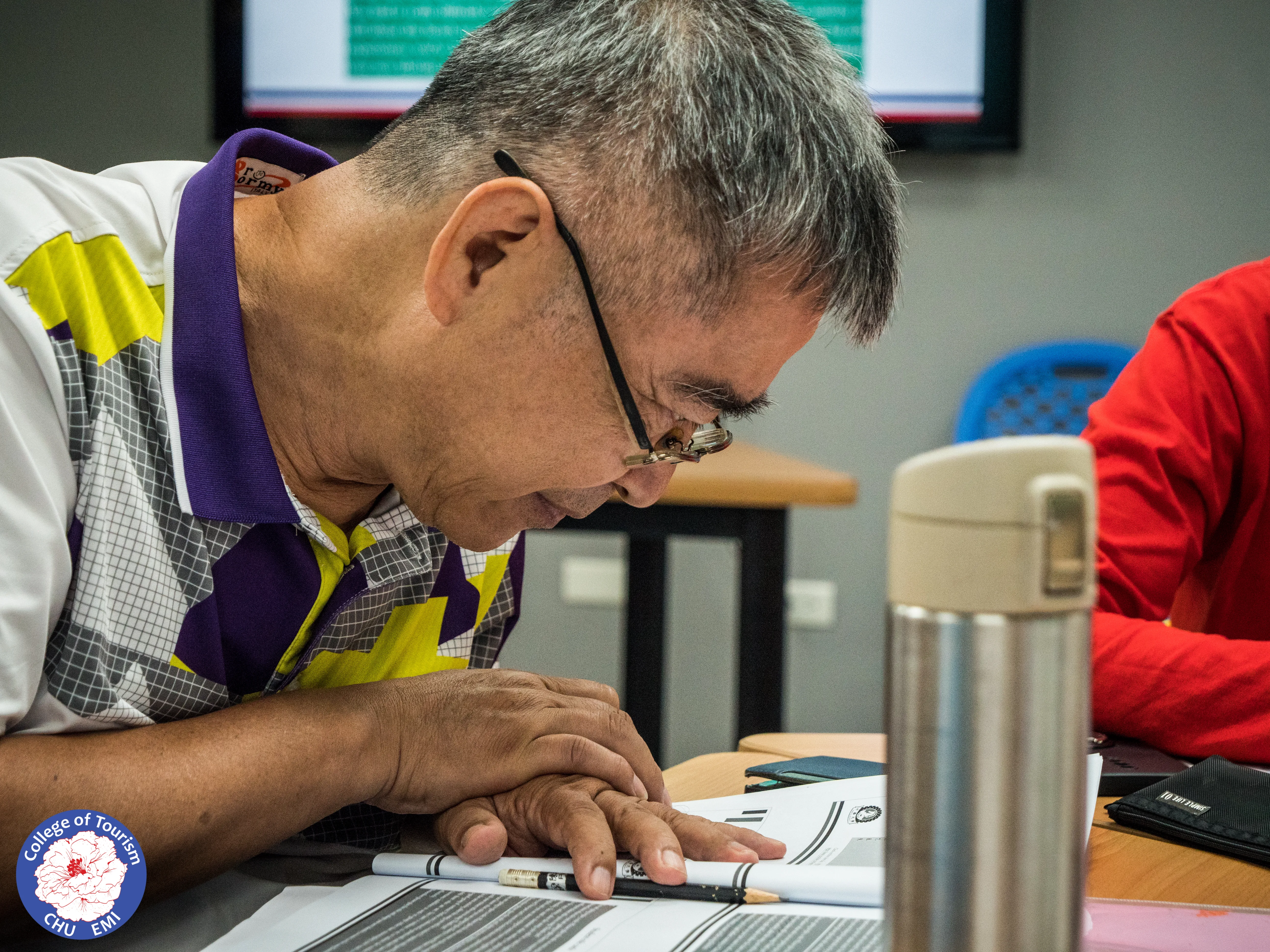
- Allwright, R.L. (1981). What do we want teaching materials for? ELT Journal, 30 (1), 5-18.
- Basturkmen, H. (2013). Needs Analysis and Syllabus Design for Language for Specific Purposes. In C. A. Chapelle (Ed.) The Encyclopedia of Applied Linguis-tics. Blackwell, unpaginated.
- Coyle Do, P. Hood and D. Marsh (2010). CLIL: Content and Language Integrated Learning. Cambridge: Cambridge University Press.
- Dudley-Evans, T. (1997). An Overview of ESP in the 1990s. Proceedings 1997: The Japan Conference on English for Specific Purposes, University of Aizu, Japan, 5-9.
- Eslami, Z. R. (2010). Teachers’ Voice vs. Students’ Voice: A Needs Analysis Approach to English for Academic Purposes (EAP) in Iran. English Language Teaching, 3 (1), 3-11.
- Gass, J. (2012). Needs Analysis and Situational Analysis? Designing an ESP Curriculum for Thai Nurses. English for Specific Purposes World, 36 (12).
- Harwood, N. (2005). What do we want EAP teaching for? Journal of English for Academic Purposes 4, 149-161.
- Huhta, M., K. Vogt, E. Johnson and H. Tulkki (2013). Needs Analysis for Language Course Design: A Holistic Approach to ESP. Cambridge: Cambridge University Press.
- Hutchinson T. and A. Waters (1987). English for Specific Purposes: A Learning- centred Approach. Cambridge: Cambridge University Press.
- Nunan, D. (1988). The Learner-Centred Curriculum: A Study in Second Language Teaching. Cambridge: Cambridge University Press.
- Swales, J. (2000). Languages for Specific Purposes. Annual Review of Applied Linguistics, 20, 59-76.
- Widdowson, H. G. (1983). Learning Purpose and Language Use. Oxford: Oxford University Press.
